Having never attended a partnership meeting before, I began the journey with no expectations but I left having met a lot of people from a variety of organisations, including Trent Rivers Trust, Leicester City Council and Leicestershire & Rutland Wildlife Trust, feeling interested, engaged and enthused.
The Soar catchment
To provide a bit of context, the Soar catchment, which is one of the five WaterLIFE catchments, lies in the East Midlands ' and the River Soar is the main river in Leicestershire flowing through the heart of Leicester. I think this makes for an interesting catchment as, although largely rural, it has a big, bustling urban centre bringing different challenges as well as opportunities. The Soar Catchment Partnership is one of over 100 partnerships across England all formed over a year ago as part of the Catchment Based Approach (CaBA), which is basically just a new way of thinking of river management. Each partnership has a range of different organisations involved and theyall come together with the same goal ' to restore, improve and maintain the water environment so that people and nature can benefit.
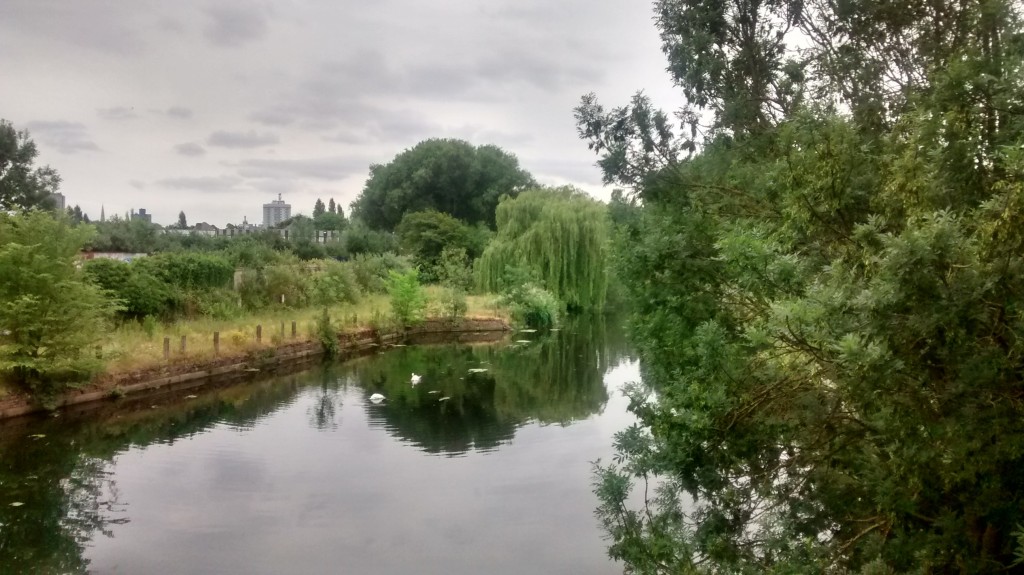
The objective of these workshops is to get everyone in one room, learn about the plethora of projects that have been going on, reflect on what's working and what's not, and think about how to progress.
Sustainable drainage and concrete channels
So, I found myself standing by the river on a sunny Thursday listening to Adrian Lane from Leicester City Council (LCC)talking about a sustainable urban drainage scheme within a recent supermarket development.
Sustainable drainage schemes mimic natural drainage. They help to protect communities from flooding by slowing the rate at which water enters the river, ensure that polluted water cannot run directly into the river, create a habitat for preciouswildlife as well as natural, open spaces that people can enjoy.
Given the potential drainage issues that would have arisen because of the development, this solution is a clear and simple example of how what partnership working can achieve. The supermarket invested significant effort to ensure its drainage did not damage the downstream catchment. Catchment partnerships up and down the country will be working with planning authorities and developers on projects similar to this one.
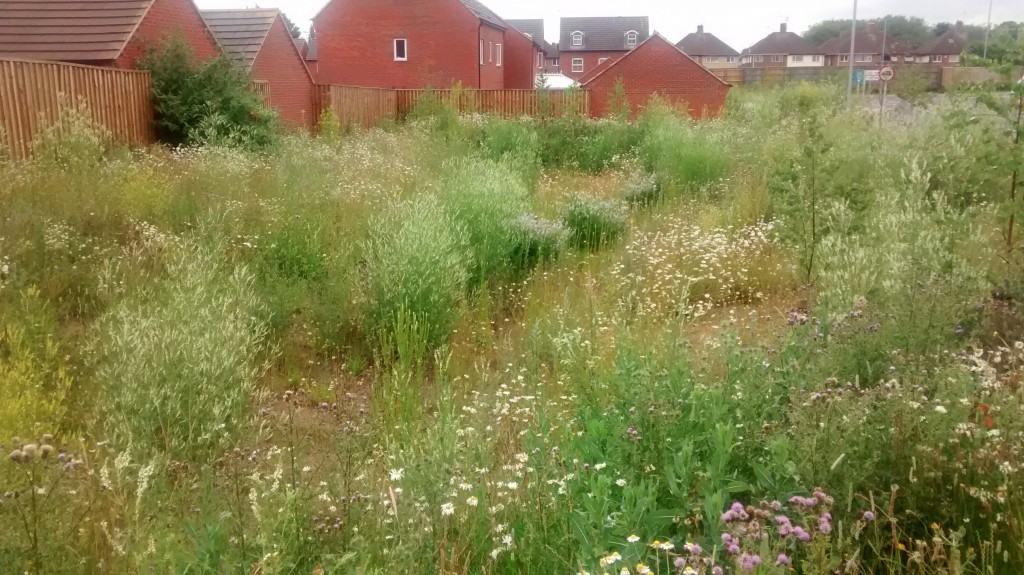
Next we went further into urban Leicester to look at Willow Brook, a tributary of the River Soar. I was quite surprised when I actually saw it, because its bank was completely concrete – a change that had been made in the 1960s during the nation’s love affairs with the stuff! There was no public access, mainly due to the fact that, because of the concrete, in sudden rain events the brook can flood very quickly. It seemed sucha shame – there was graffiti on the walls, the concrete was unappealing and it all looked very uninviting. It certainly didn’t inspire people to care about their water environment.
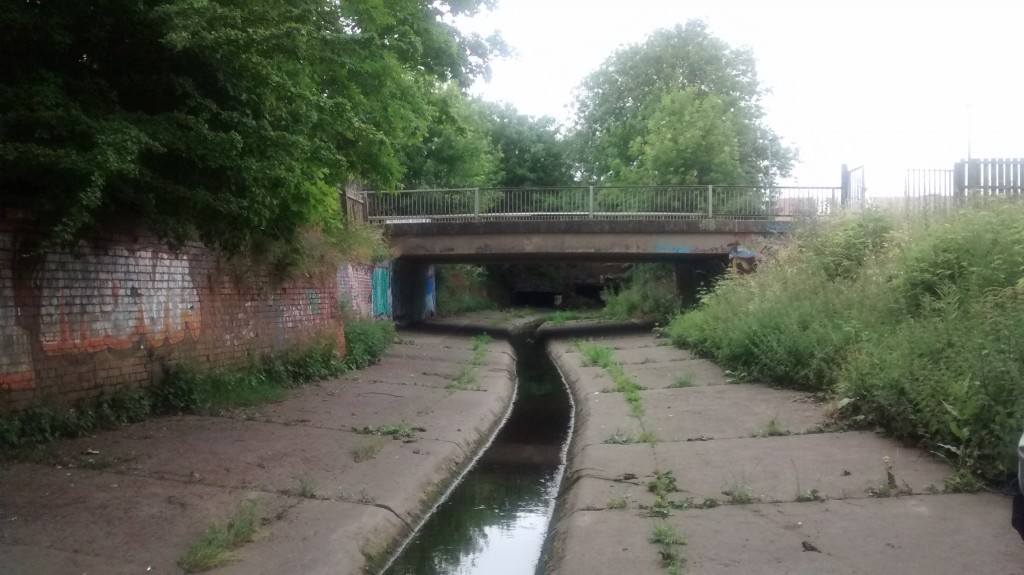
However, there are many people working hard to make improvements. We got the chance to talk to a group of local volunteers there who were part of the Shared Waters programme run by LCC. They were all filling up bags and bags of rubbish. I got chatting to a couple of the volunteers who clearly all cared very much about their local area and what they were doing. And that really is at the heart of what CaBA is trying to achieve ' bringing organisations and individuals together to make the water environment better. If we can get people to care about the issue then the improvements we want to see made are far more likely.
There was a lot of enthusiasm from the people there on the day to find ways to make the Willow Brook, and others like it more visible to the general public. If they can see it, they are more likely to take an interest in it and support the need to make improvements. The partnership hopes one day to work with developers adjacent to the brook to remove the concrete and replace it with soft banks, with room for the water to flood and a public footpath.
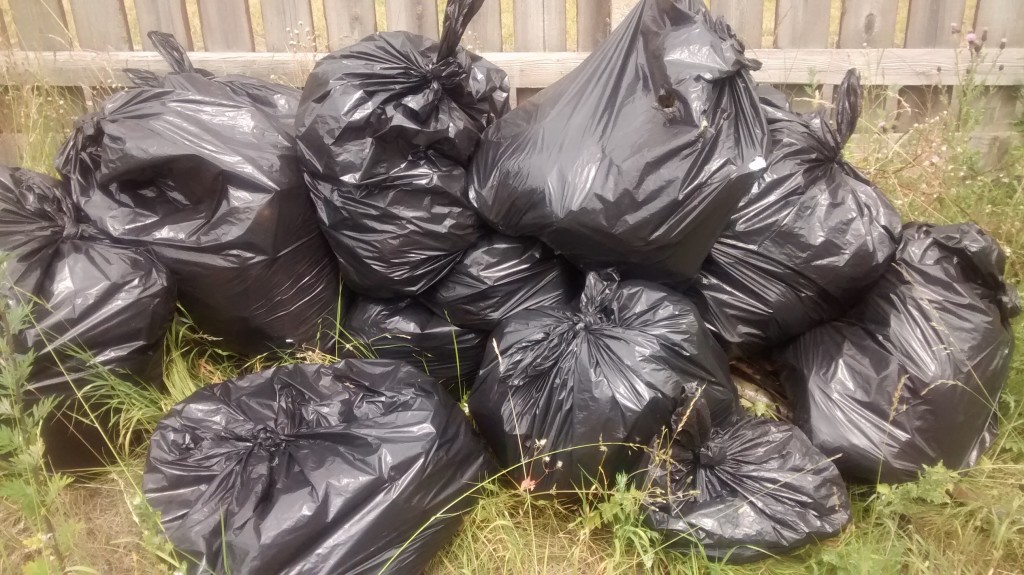
Having seen the very urban Willow Brook with its concrete channel, it was fantastic to be taken to Spinney Hill Park to see an example of a restored river channel. The concrete had been removed and the channel's flow had been redirected. The contrast between the two sections was remarkable; one part of the brook didn't permit public access, was a haven for litter dumping and graffiti and another part was beautiful and inviting ' good for wildlife and good for people. A prime example of the tangible benefits investing in our environment can offer.
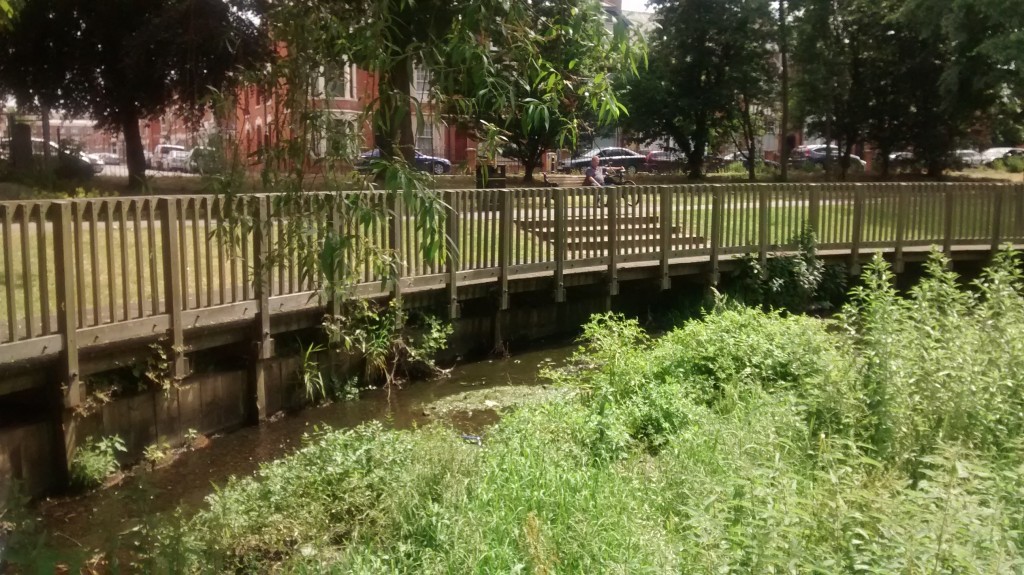
What's the point of partnership?
At Spinney Hill, whilst listening to some background about the project,a really pertinent question was raised. What's the point of the partnership? Wouldn't all of this be done anyway? I thought it articulated a challenge for all catchment partnerships; how do we bestdemonstrate our value? Because most people are busy getting on with the work, this side of things is often forgotten but we must remember to effectively communicate (and shout about!) the benefits of collaboration, and what it has and can achieve. In the case of the Soar, the partnership has generated momentum to make improvements in the catchment, brought together organisations and individuals with different knowledge and expertise so that, by working together, projects and impact can be enhanced and scaled up, accessed additional funding through the WaterLIFE project and raised awareness about some of the gems the catchment has to offer, like Spinney Hill Park.
The day finished by visiting the Stoughton Estate at the top of the Willow Brook catchment outside of the city, and getting to speak with the farm manager. It's an arable farm ' growing mainly winter crops such as wheat and oil seed rape. One issue the farm faces is how to manage its 1970s drainage system when things have changed since then (to state the obvious). One sentence stuck out when chatting with the farmer ' 'what I do here affects people in Leicester.' To me, that really hit the nail of the head because activity and practicesin the headlands of a catchment (in this case, at the Stoughton estate) have an impact downstream (on the city of Leicester).
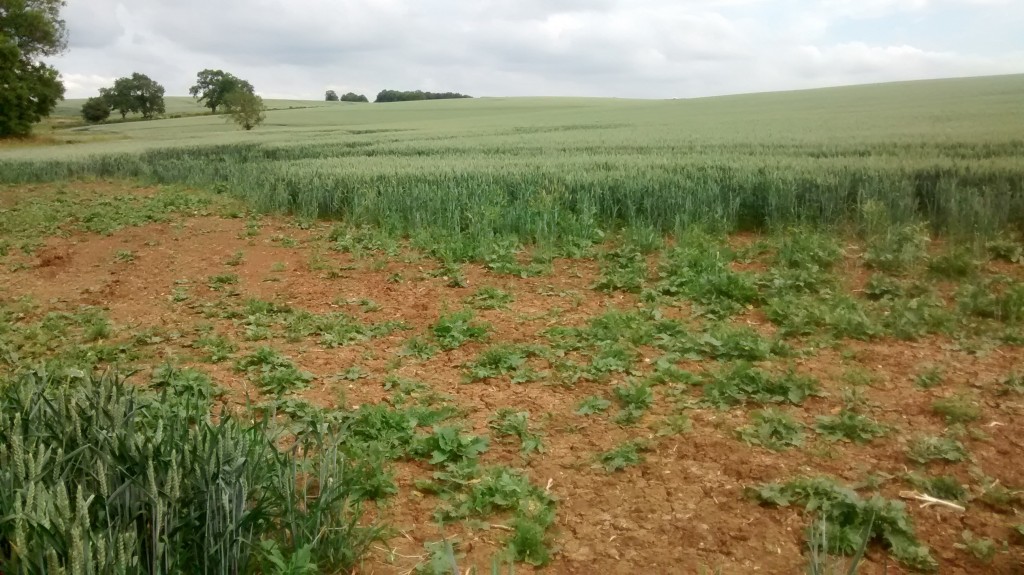
Because of the fact the drainage systems are old and, in many cases, not fit for purpose, wet holes have failed and silted up and clay pipes are being blocked because of excess sediment. It's clear these schemes need replacing to mitigate the problems created as a result. The farm is working with Trent Rivers Trust to find solutions that benefit all' the farmer, the environment and local community. For example, a small area of unproductive land has been set aside for a SuDs scheme and there are talks about creating a silt trap at the bottom of the ditch. I think it is changes and projects like this that really show what partnership working can achieve and answer the question I mentioned earlier – what’s the point of a partnership?
Back to the classroom
Our day outside exploring the catchment was over. The second day was back in the classroom to learn about some of the schemes and projects in the catchment. All I can say is that there is a lot to be excited about – the development of mobile phone apps, for example, so that volunteers and others can monitor the river for water quality etc and then upload their data instantly; exploring how we better engage with recreational water users like divers, anglers and canoeists so they can help monitor the river and, indeed, improve it; how we can use the planning system to ensure environmental objectives are at its heart, as opposed to periphery; unlocking the huge potential of GIS and mapping (to name just a few things!)
What’s next?
The two day workshop ended with a lot to digest but, importantly, with a lot of momentum. The challenge now is for the partnership to capitalise on this moving forward. The partnershipmust focus on what it can achieve and will be most beneficial to the health of the catchment over the next year whilst thinking about how it can eventually become self-sustaining. No easy feat, but, with an engaged group like this one, certainly within the realms of expectation.
You can learn more about the partnership and what it hopes to achieve on Trent Rivers Trust website.
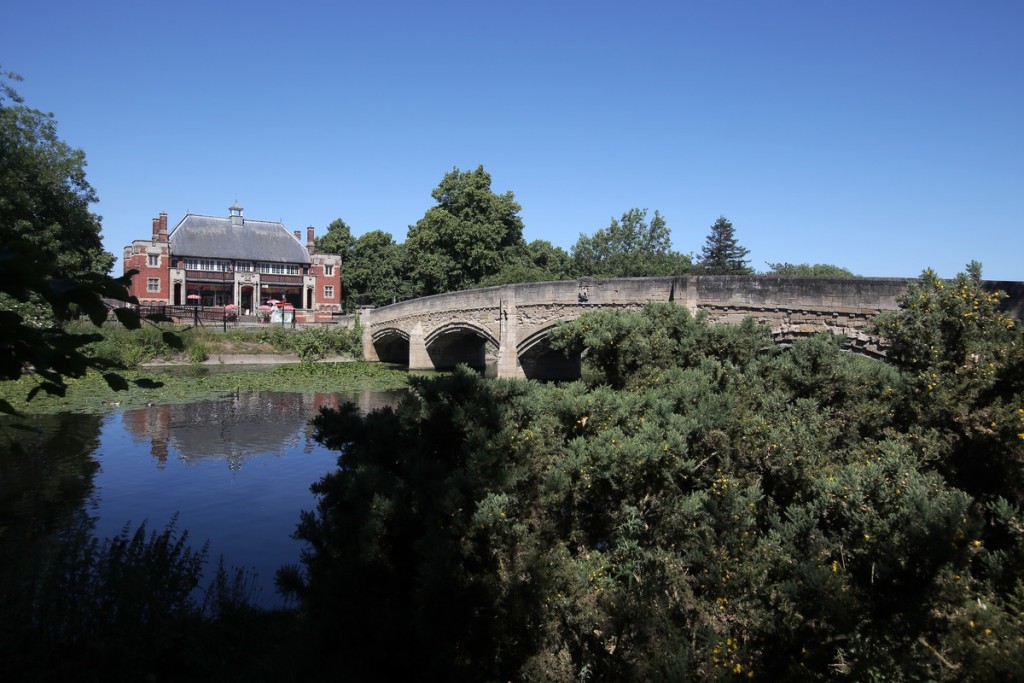
Jiri Rezac 2015
